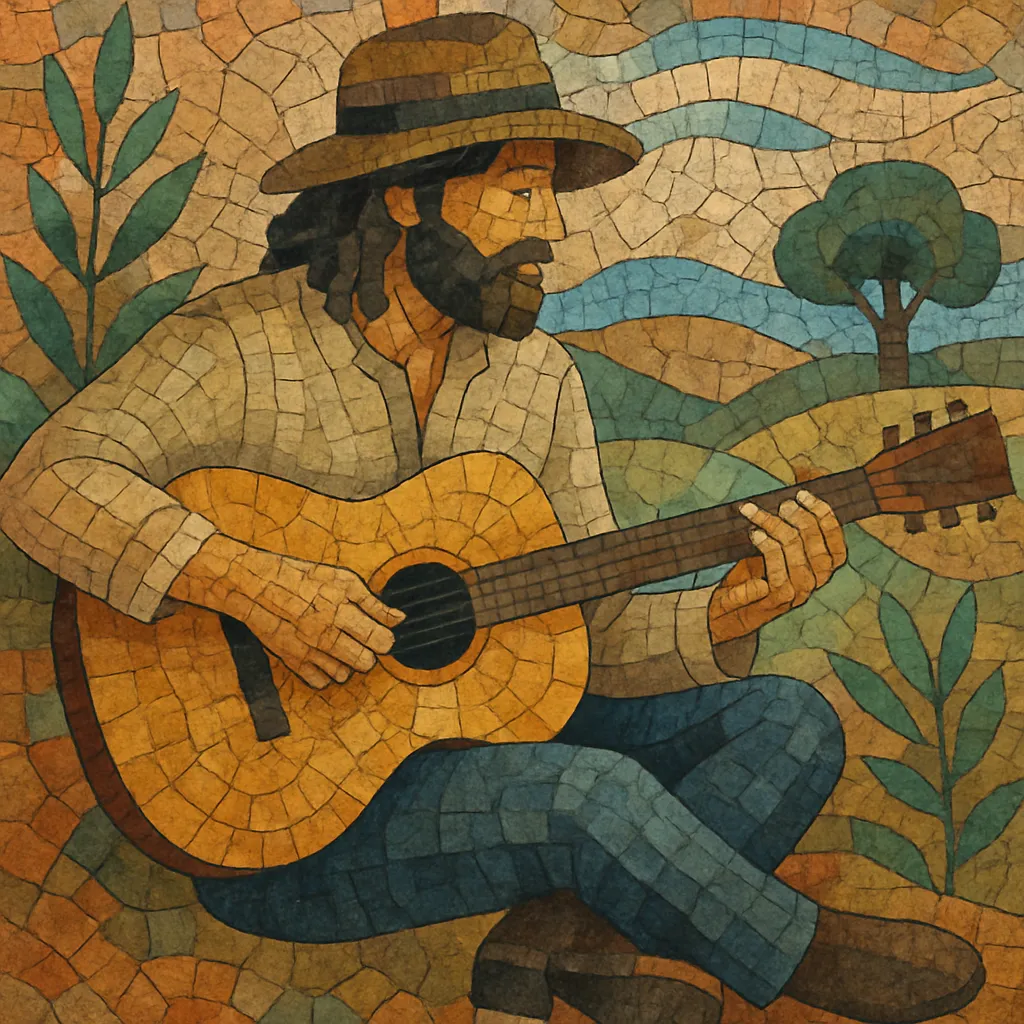
Contemporary folk is a modern evolution of traditional folk aesthetics centered on intimate storytelling, clear melodies, and largely acoustic instrumentation. It favors voice-forward production, fingerpicked or gently strummed guitars, and arrangements that leave space for lyrics to resonate.
While rooted in older folk ballad traditions, contemporary folk embraces current themes, production values, and song forms. Artists often blend guitar, banjo, mandolin, fiddle, upright or electric bass, light percussion, and close vocal harmonies, creating a warm, organic sound. The genre frequently addresses personal reflection, social issues, place, memory, and identity, balancing timeless simplicity with contemporary sensibilities.
Contemporary folk emerges from the mid-20th-century folk revival in the United States, when collectors, coffeehouse circuits, and labels helped bring traditional songs and styles to new audiences. Drawing from old-time, Appalachian folk, country, bluegrass, and blues, early revivalists emphasized acoustic performance and message-driven songwriting. As the 1960s progressed, artists began writing new material in the folk idiom—topical, poetic, and personal—setting the template for contemporary folk.
In the 1970s, the singer-songwriter movement formalized many traits now associated with contemporary folk: introspective lyrics, delicate fingerpicking, and carefully crafted melodies. Studio recording improved fidelity while preserving intimacy, and the genre broadened beyond protest songs to encompass personal narratives and reflective social commentary.
The coffeehouse and small-venue circuit nurtured new voices, while independent labels and folk festivals sustained the scene. Artists blended influences from country, Celtic, and soft rock, and some incorporated subtle pop accessibility. The genre stayed resolutely acoustic-forward but began to experiment with harmony vocals, chamber-like textures, and understated rhythm sections.
Contemporary folk now intersects with indie folk, chamber folk, Americana, and alternative country. Modern artists mix open tunings, close-mic vocal production, and minimalist percussion with refined songwriting craft. Digital platforms and home recording have expanded reach and diversity, while the core remains the same: clear storytelling, intimate performance, and melodic clarity.

